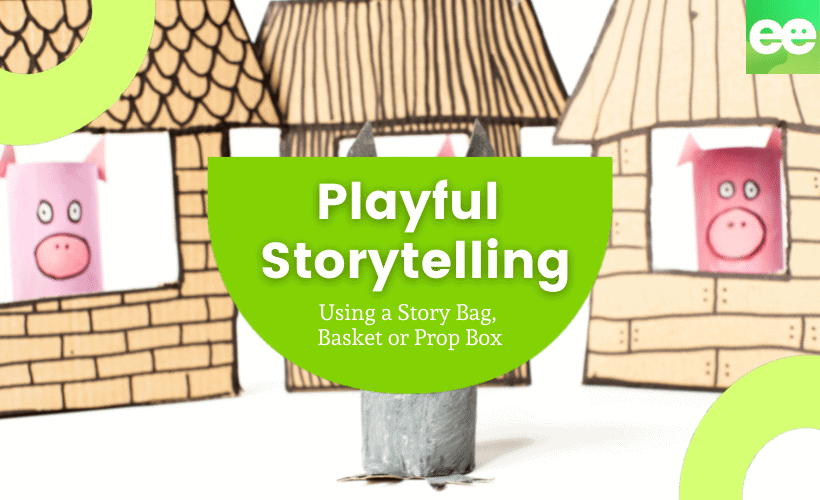
Have you ever tried using a story bag , basket or prop box to help you share a story with young children? If you sometimes get frustrated trying to keep a child's attention while reading stories why not try making this time a little more playful and interactive for those short attention spans and put together a few story bags that you can use over and over.
Story bags are a fantastic literacy resource (especially useful for those children who might be reluctant readers, not very interested in books or ‘sitting still' to listen!) and the best part is you can keep adding to your collection over time for very little cost.
What is a Story Bag, Basket or Prop Box?
You can build a story bag, basket or box around a new story or old favourite. You will want to include a copy of the book (of course!) and then a small collection of props that will help you to give the story life – to lift the words off the page and stimulate imaginations and interest while making sure the story is meaningful and fun! They also introduce a wonderful tactile experience to storytelling and this can help educators and parents introduce and engage visually impaired children as well. A story bag or basket provides a hands on learning opportunity for all children no matter their age group or developmental stage.
The fun part is deciding what will go into your story bag and what items you can use to represent and correspond to scenes, characters and special moments in the book you have chosen. Some common materials used in story bags and baskets that you could start with include:
- Soft toys
- Farm/zoo animals
- Little people/Lego figures
- Small boxes
- Sticks/grass/hay/wood cookies
- Finger and hand puppets
- Visual aids, cards, calendar pictures, coasters
- Textured material
- Mats, cloths, placemats.
The suggestions above include just a small selection of what you might include in your story bag. It really is up to you and how you want to engage the children and tell the story. Don't feel you need to be limited to what will fit into a bag or basket though – there is no reason you can't incorporate larger materials and props into your storytelling ‘bag' and set up using a tray, large floor space or a table.
How do I know what to put in a story bag?
To help you decide what to look for to begin compiling and using your first bag try answering the following questions:
- What 3 stories are you most familiar with and confident reading at the moment?
- What is the age of the child/children you are reading to the most often?
- Name the main characters in each of those stories – do they have a special tool/toy/magical item/saying etc that makes their character unique and well known?
- If you had to set up a play for each of the books what scenes and props would you identify as ‘must have?'
You also need to decide on the type of story bag you want to put together. There are of course many fancy sets you can purchase already done for you but why spend money on something you can easily put together yourself in less than half and hour and use over and over again! All you need to start is a canvas bag or large pillowcase, or an old basket or even a cardboard box!
Here are some ideas to get your creative educator mind thinking about the possibilities and the direction you want to take as you compile your Story Bag.
- You just want a story bag that uses simple everyday materials as the props that correspond clearly to the book and will help you to tell the story as you read(this bag type works well for babies and toddlers).
- You want the story bag to be an interactive sensory experience for the children. For this type of bag think about how you will stimulate and engage the senses through the materials you choose. Going on a Bear Hunt is a fantastic book to explore with the senses. You might set up something outside using grass, mud etc or perhaps place items into zip lock bags or similar so younger children can squish and investigate. Keep an eye out for some clever Bear Hunt bag ideas further down.
- You want the children to help you to tell the story through dramatic play and larger scale materials and props.
- You want to create a story bag that has the capacity to provide more playful learning and extension experiences after the story has been told. So it might contain some additional activity ideas, craft materials, fiction books relating to the story (e.g Bear Hunt/Where do bears live?)
- You want to challenge current language and speaking skills so you will want to put together a story bag with props that will help children to make up or re-tell their own version of the story if they want to while you introduce topics for discussion. Can they change the ending of the current story? What characters do they like the best? Why? What character would they like to change if they could? Why? You get the idea! Obviously you need to make sure you are keeping your expectations age appropriate when introducing this type of story bag, basket or box.
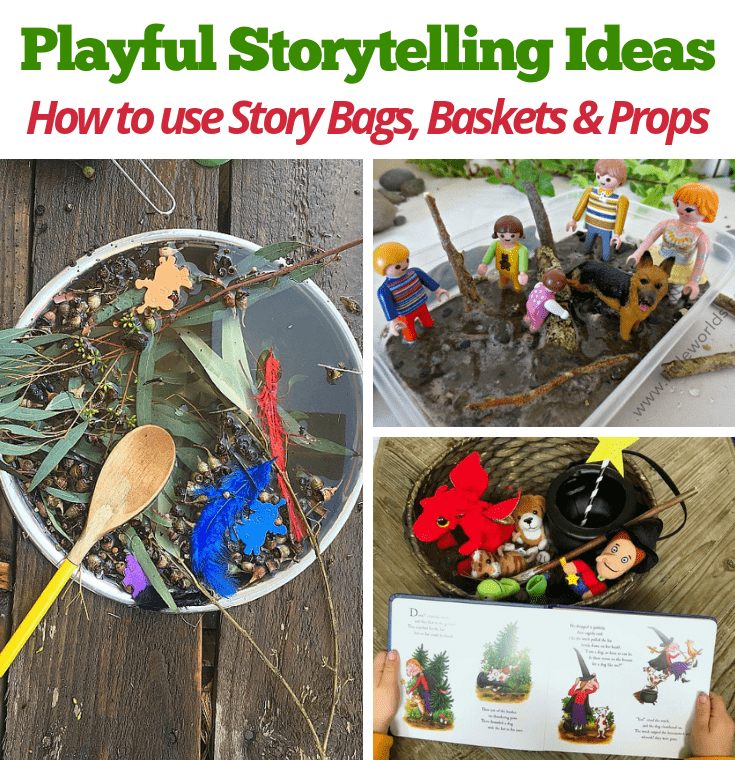
How do I use a Story Bag, basket or Box?
Look at the 5 different types of story bags I have mentioned above and decide on what type of bag you are setting up or wanting to use as part of your learning outcomes today.
- You might sit down with the children and ask what they think is inside the bag as you give them clues about the story.
- You could set all of the bag items out on the floor and invite children to choose the materials to help tell the story as you read.
- You could tell the story just using the props you have rather than reading from the book or you could combine a little of each.
- You could provide the bag and ask if the children want to tell you the story instead.
- You could tell the story then follow up with some themed activities and craft.
- You could leave a couple of story bags or baskets on shelves or hanging up in the room for children to choose as they wish and perhaps add to their own dramatic play experiences.
- You could use the story bag props as a writing prompt for older children to create their own story. Or perhaps as a prompt towards oral storytelling.
- You could set up the story bag props as a hands on sensory experience that goes beyond just the words of the story and invites creative thinking, gross motor play and tactile stimulation.
Introducing story bags to your learning resources can provide children with a fun hands on approach to exploring interests and extending on emerging skills and learning outcomes including:
- Story sequencing.
- Public speaking.
- Enjoying listening to spoken written words and then using that language in their play and learning.
- Listening to stories with increasing attention and recall.
- Gaining confidence.
- Using new words in different contexts.
- Taking turns in a conversation.
- Solving problems.
- Listening to others.
- Negotiating roles.
- Being able to sequence and clarify their thinking, ideas and feelings.
- Using language to imagine and re-create story roles, real life and imaginary experiences.
Are you ready to try creating and using your own story bags,baskets and boxes? Remember that the objective is to make reading and using language fun…not complicated! So start small with your favourite story and just a few props (especially if reading to babies and toddlers) . Throw it all in a bag or basket then sit down and enjoy together. Observe how the children respond, engage and enjoy the storytelling.
If you are stuck trying to think of a book or theme to start with I have you covered with this huge list of ideas and inspiration below that I have collected for you from around the web. Make sure to click on the links under each photo collage to learn more about how each bag, basket or prop box was put together and how the children played with them. I've even separated them into book titles and themes for you to make it even easier to find that favourite!
Dear Zoo Theme
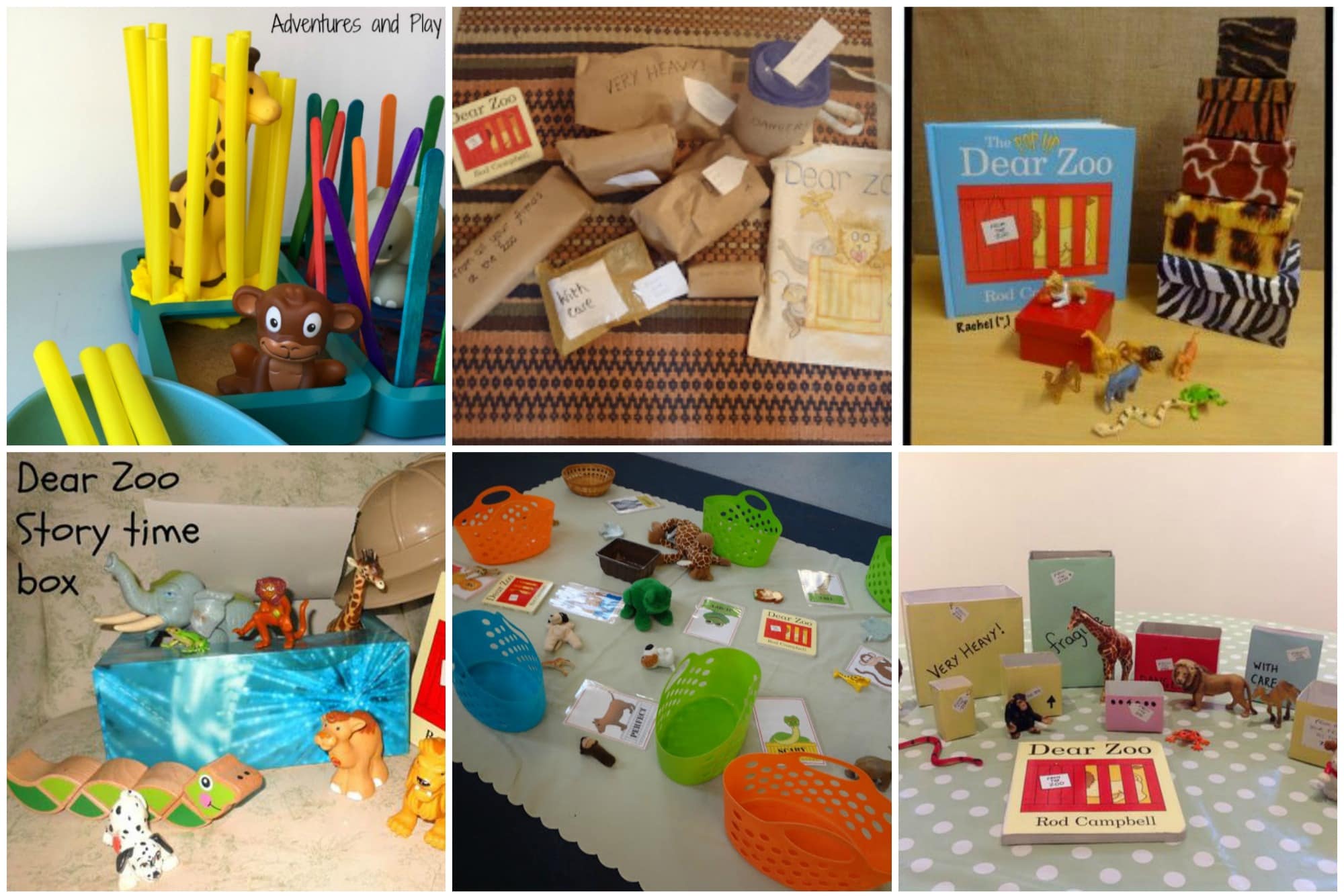
Inspiration Sources:
Adventures and Play created their own Dear Zoo animal enclosures to help them explore the story.
Very Messy Mummy shared these special Dear Zoo packages with her 12 month old – imagine the fun unwrapping to see what is inside!
Stimulating Learning with Rachel created this simple story basket. Make sure to click through and take a look at the rest of her basket photos for even more fantastic inspiration!
Natural Beach Living put together this toddler friendly Dear Zoo box for hours of play.
It's All About Stories set up a ‘Communication Friendly Space' and then made props with the children so they could take home and retell the story to family.
I loved the use of different coloured and sized boxes in this collection of story props found on Pinterest.
Going on a Bear Hunt

Inspiration Sources:
Little Worlds, Big Adventures used their Playmobil family and interesting sensory elements to explore this classic story in a hands on way!
Over on Childhood 101 Lauren showed us how to make a going on a bear hunt story sensory tub.
Lauren also shared her DIY Bear Hunt sensory bottles (as well as lots of other activities to bring the story alive) on Teacher Types
Stimulating Learning with Rachel created this inviting Bear Hunt small world for the children to explore using natural materials and simple props.
Reading Confetti used these household objects to provide the children with opportunities to create sound effects for the story. Use this idea to create your own ‘sound effects' team as you read.
Goldilocks and the 3 Bears

Inspiration Sources:
The Imagination Tree put together a simple storytelling basket and also introduced real life bowls, spoons and porridge oats for some wonderful hands on dramatic play and story re-telling.
To extend the play why not try their sensory porridge oats playdough recipe!
Sun Hats and Wellie Boots created this sweet little story box for the children to explore and play with in their own way. Love that little red teacup!!
The 3 Little Pigs
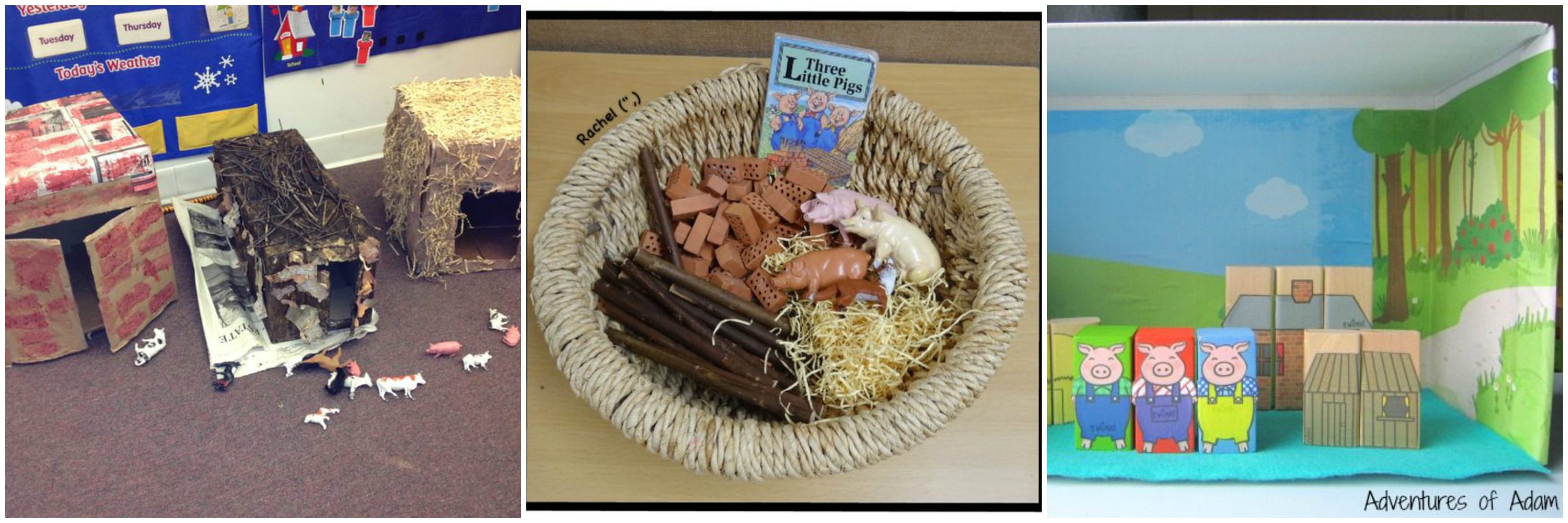
Inspiration Sources:
Turn boxes into stick, straw and brick houses…simple but fun! Found on Pinterest here.
Stimulating Learning with Rachel shows us how simple it can be to put together a story basket with her 3 Little Pigs version. make sure to view the rest of her baskets and story small worlds here.
Adventures and Play turned their wooden blocks into clever and interactive storytelling props. Children will find so may ways to use these!
Make sure to pop over and visit Sun Hats & Wellie Boots to see how they took the storytelling outside using nature and lots of wonderful outdoor dramatic play. Loved these ideas and the houses they built!
Storytelling Props added to tuff spot trays create literacy and language small worlds easily modified for both younger and older children.
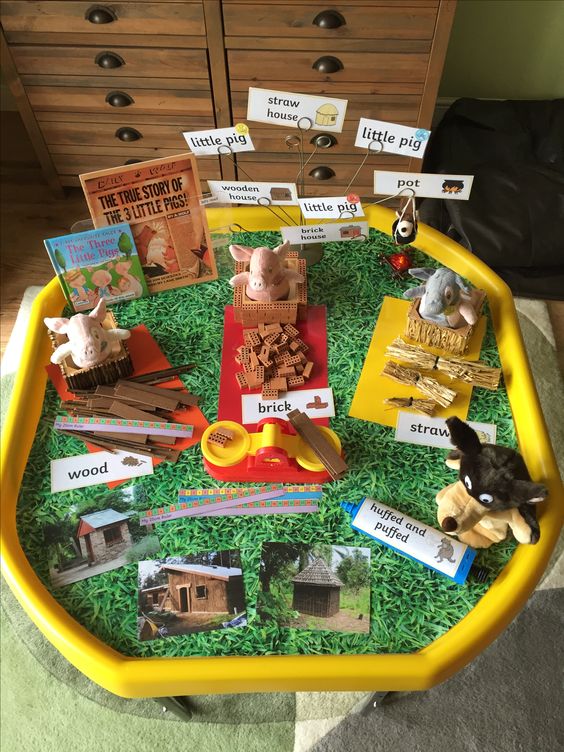
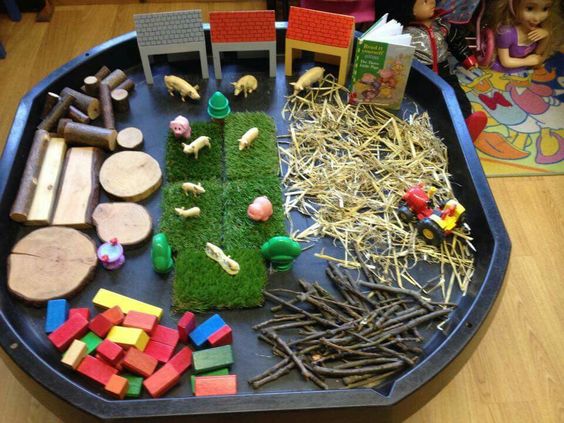
3 Billy Goats Gruff
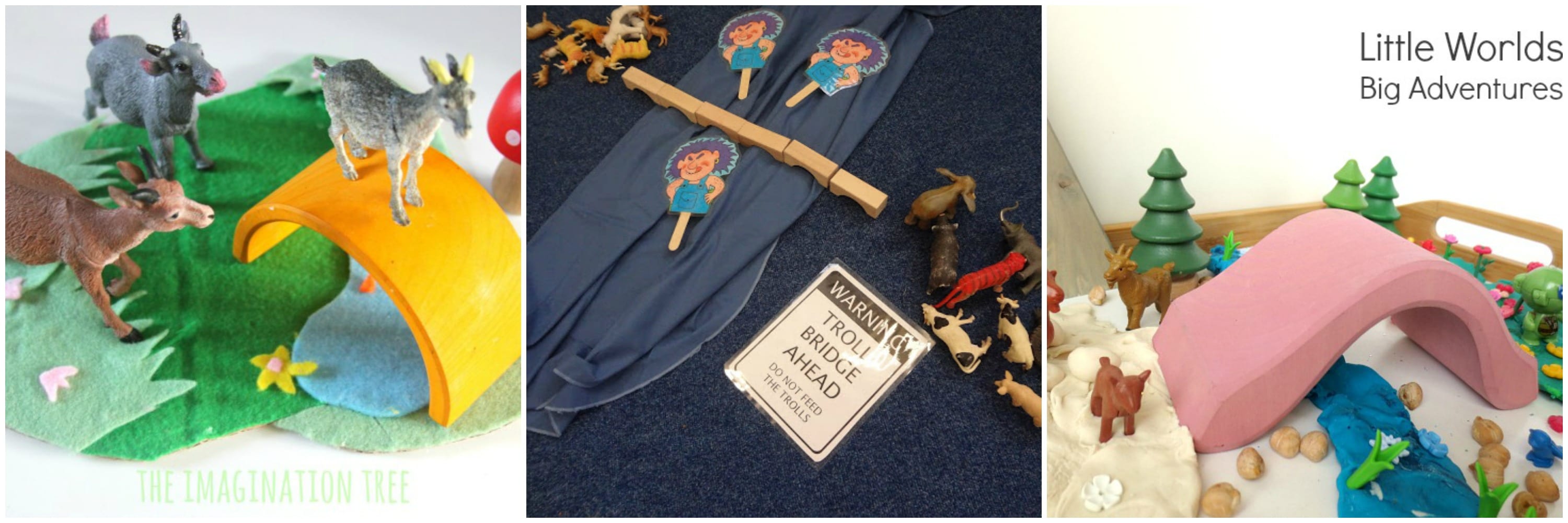
Inspiration Sources:
The Imagination Tree created this inviting little storytelling basket with just a few goat figures and rainbow arches. Pop over to take a closer look at how Anna put together the felt play mat!
It All About Stories shares some interesting activities and props to have fun with this classic story!
Little Worlds introduced playdough as a sensory element and a dish of little loose parts to invite engagement in this story tray invitation.
Toddler Favourites
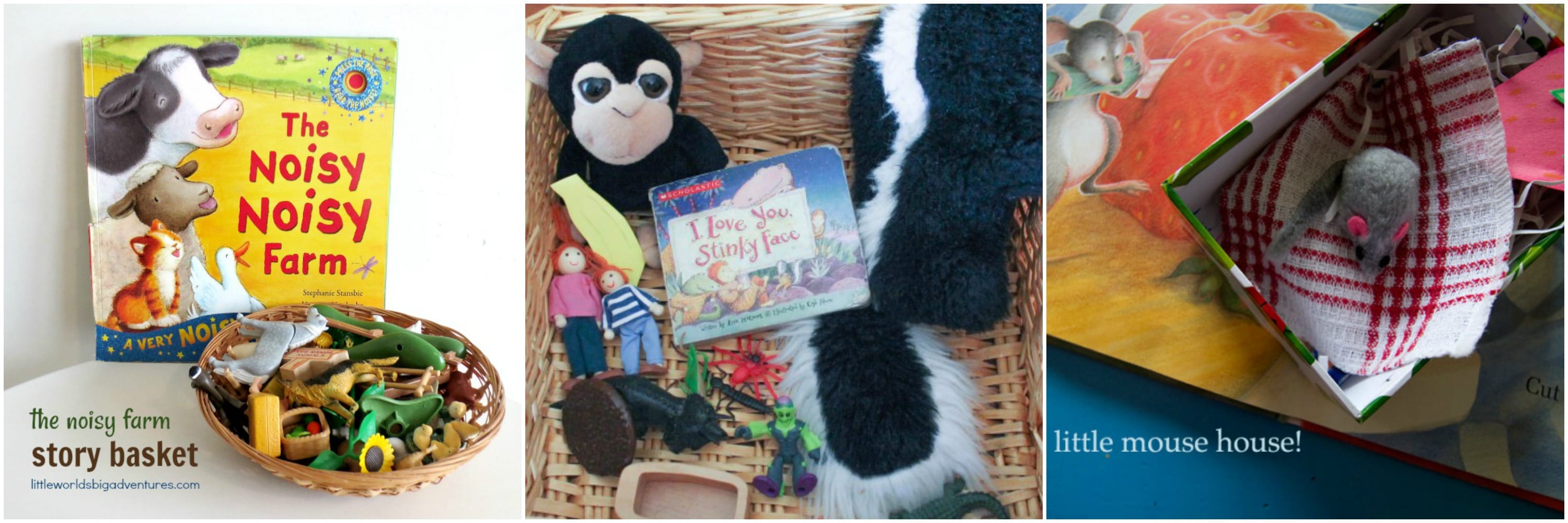
Inspiration Sources:
Toddlers love farm play, songs and stories and this story basket from Little Worlds is sure to be a fun (yet probably noisy!) experience.
A Few Shortcuts shares some ideas for putting together preschool story baskets – make sure to visit the other baskets in the collection for more ideas!
Small Potatoes shows us how the children worked hard to help create the props for one of my all time favourite stories – The Little Mouse, The red ripe strawberry and the big hungry bear! I have been reading that book to different generations of children for years and love how you can create a sense of anticipation and the children feel they are part of the story too.
Goodnight Gorilla is another favourite story here and Little Worlds turned it into a dramatic play storytelling experience with just a few simple props. Make sure to visit this page to see all of their other story baskets too!
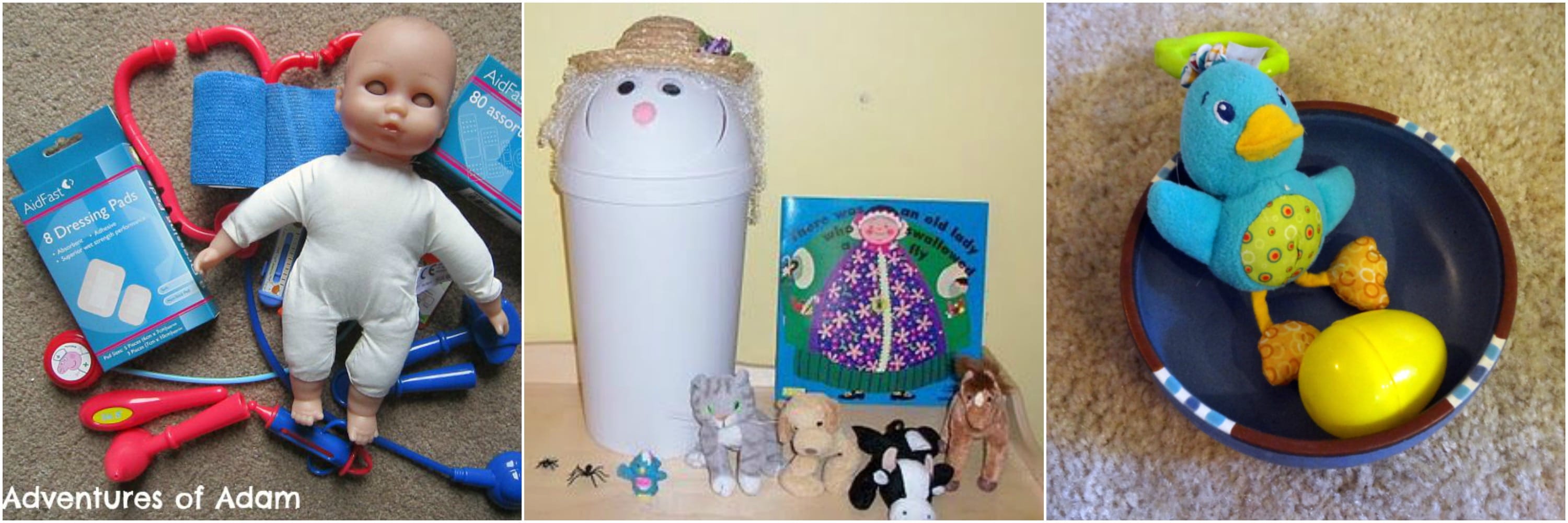
Miss Polly is always a lot of fun to act out and most children already know the rhyming song so why not add some simple materials to extend to storytelling play like Adventures and Play did here.
The Thoughtful Spot Day Care used a flip lid bin to help tell the story of ‘the old woman who swallowed a fly'– can't you just imagine the fun with this one!! A clever and creative resource idea.
Another story often read over and over is the classic ‘Are you my mother?‘ Inspiration Laboratories reminds us that even babies and toddlers love story props and being given the opportunity to recreate a favourite in their own way!
Jack & the Beanstalk
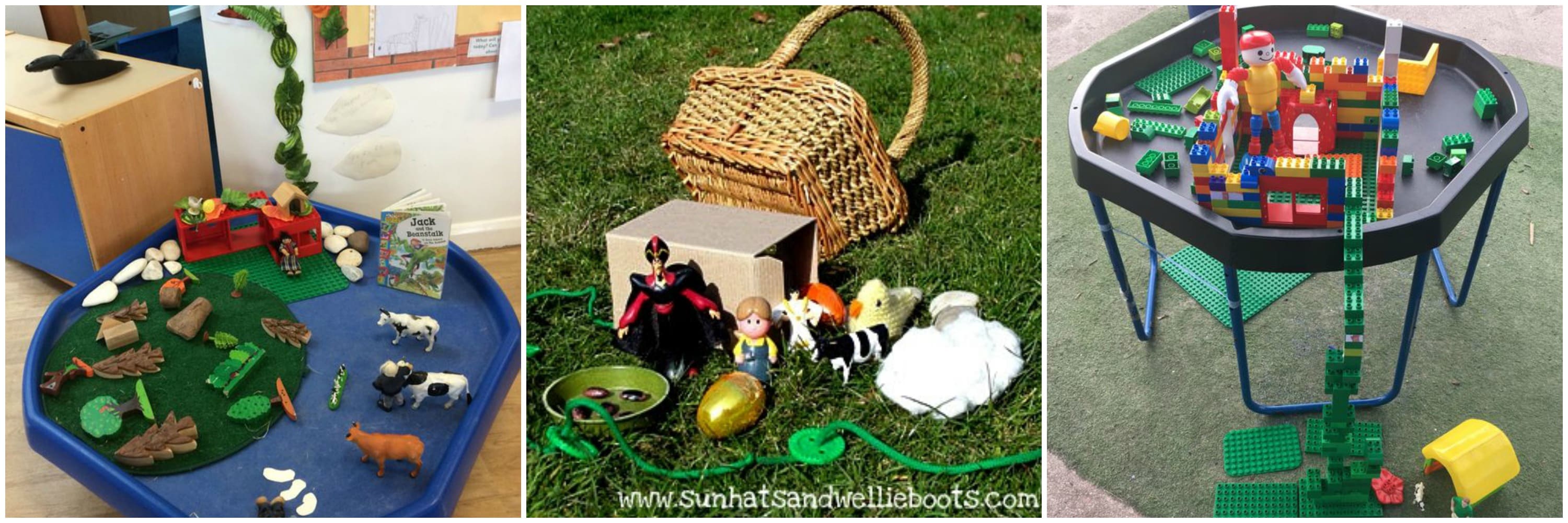
Inspiration Sources:
A simple hands on storytelling tray that invites children to direct their own story, play and roles. Sourced via Pinterest.
So many opportunities for children or educators to set up and tell the story using some or all of the creative props in this story basket compiled by Sun Hats and Wellie Boots!
Such a creative invitation to play, build and re-tell the story of Jack and the Beanstalk story using Lego. Sourced via Pinterest.
Wombat Stew
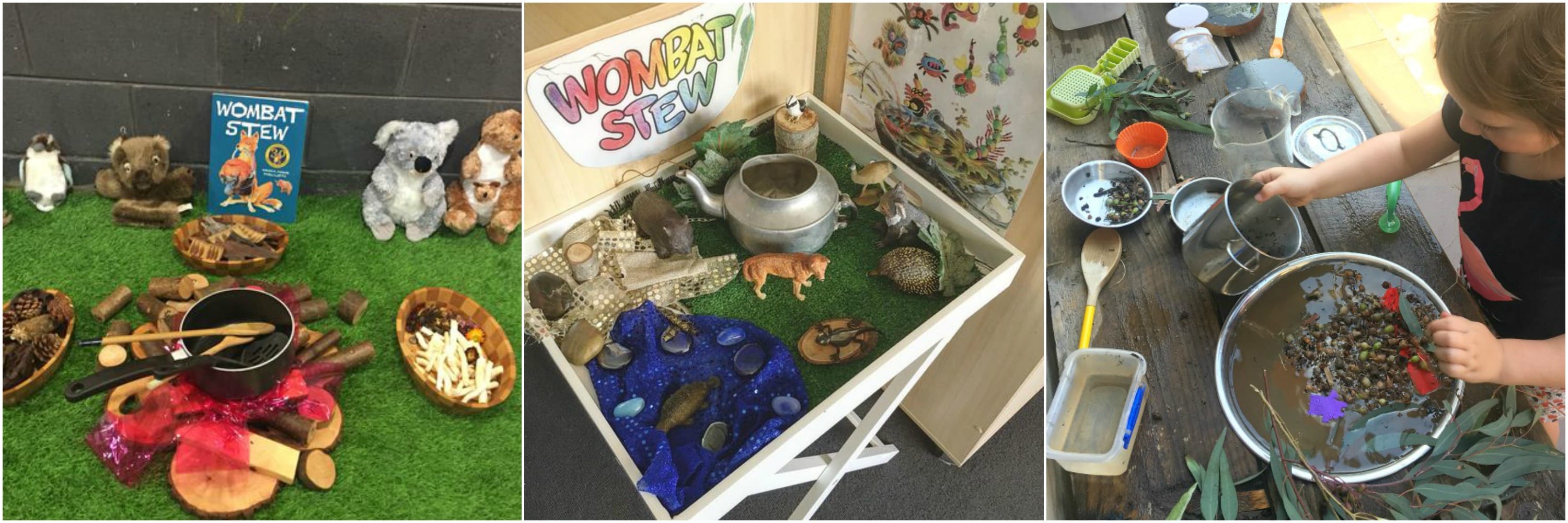
Inspiration Sources:
Children will enjoy exploring and using the props and materials in this dramatic play invitation to help tell this classic story. Lots of sensory and loose parts fun here! Sourced via Pinterest
@Ronniecraft over on Instagram shared her small world tray set up ready to tell the story of Wombat Stew. Love the colours and old teapot!
Kate from Laughing Kids Learn provided the opportunity for her children to learn more about Australian animals and plants while getting messy and creative as they made their own wombat stew.
Owl Babies
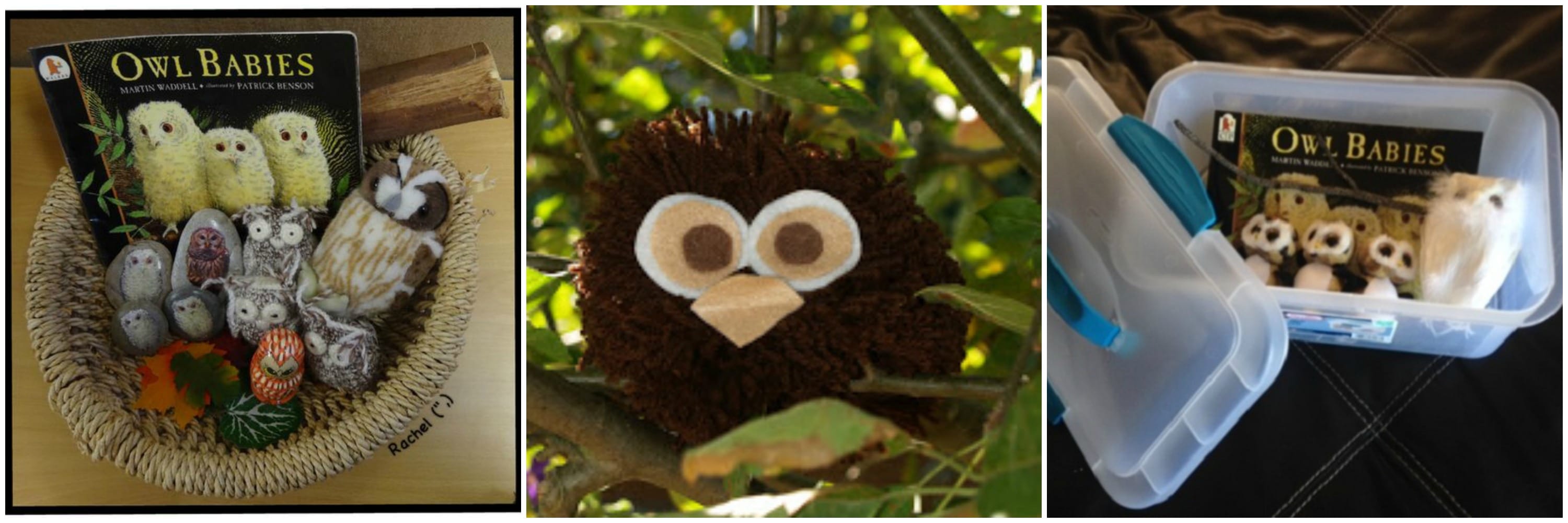
Inspiration Sources:
Rachel from Stimulating Learning put together this story basket filled with materials of different textures and sizes. Story stones, soft animals and leaves all play a role.
Make these very cute pom pom baby owls to add to your story bag or basket. The Fairy and The Frog tell you how here.
See what Paths to Literacy included in their version of an Owl Babies story box for deafblind or visually impaired children.
These story spoons would make a cute addition to an Owl Babies story bag, basket or prop box. See how the very creative Imagination Tree made them here.
The Tiger Who Came To Tea
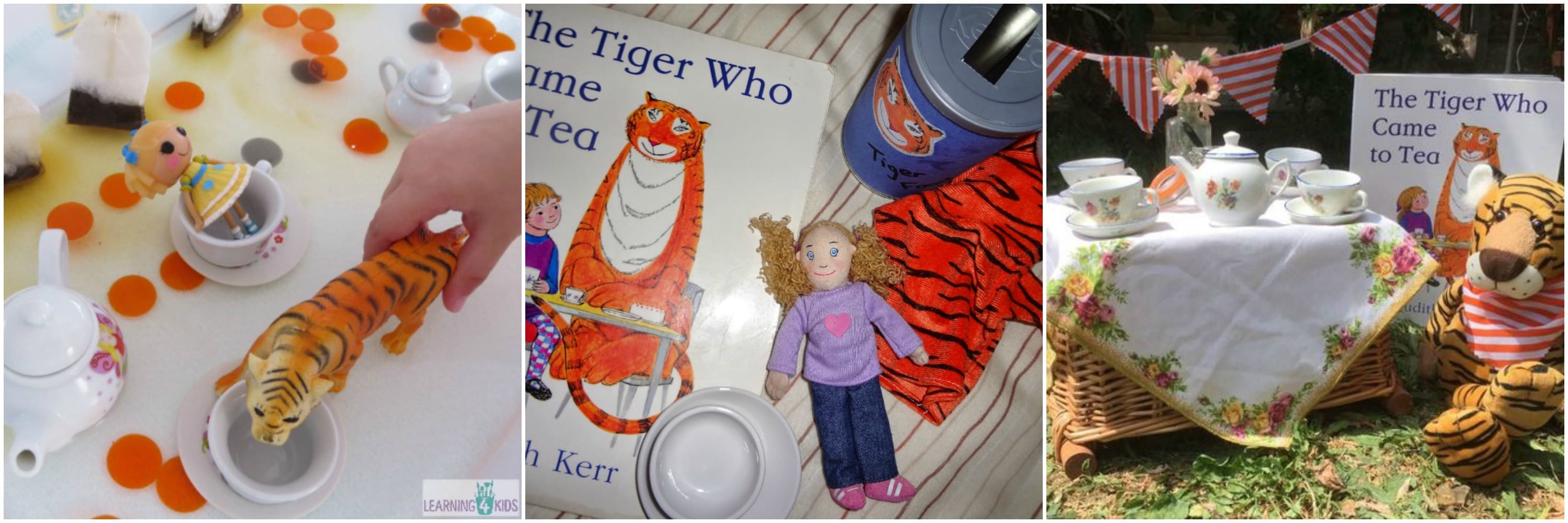
Inspiration Sources:
Another of my long time favourite stories to tell for a range of age groups!
Learning 4 Kids provided a story sensory tub and materials to help the children set up a special tiger tea party! Lots of interesting investigation occurred with the addition of real teabags and little cups of tea to pour.
It's All About Stories set up a ‘story cafe' around this book. Tiger snacks, craft activities and story props like real china cups added to the fun of story re-telling, imaginative and open ended play!
Who could resist this sweet tea party invitation with a tiger in the garden? Sourced via Pinterest
The Gingerbread Man

Inspiration Sources:
Who doesn't love telling and acting out the story of The Gingerbread Man? 3 very different story basket and tray ideas for you to explore over at Sun Hats & Wellie Boots, Pinterest and Stimulating Learning with Rachel.
I'm rather in awe of the story basket tree over at Sun Hats & Wellie Boots – beautiful idea we can all try outdoors!
Author Julia Donaldson Favourites
I decided one of my favourite authors for young children deserved a category of her own – I hope you find a few ideas to try with some of these well known stories!
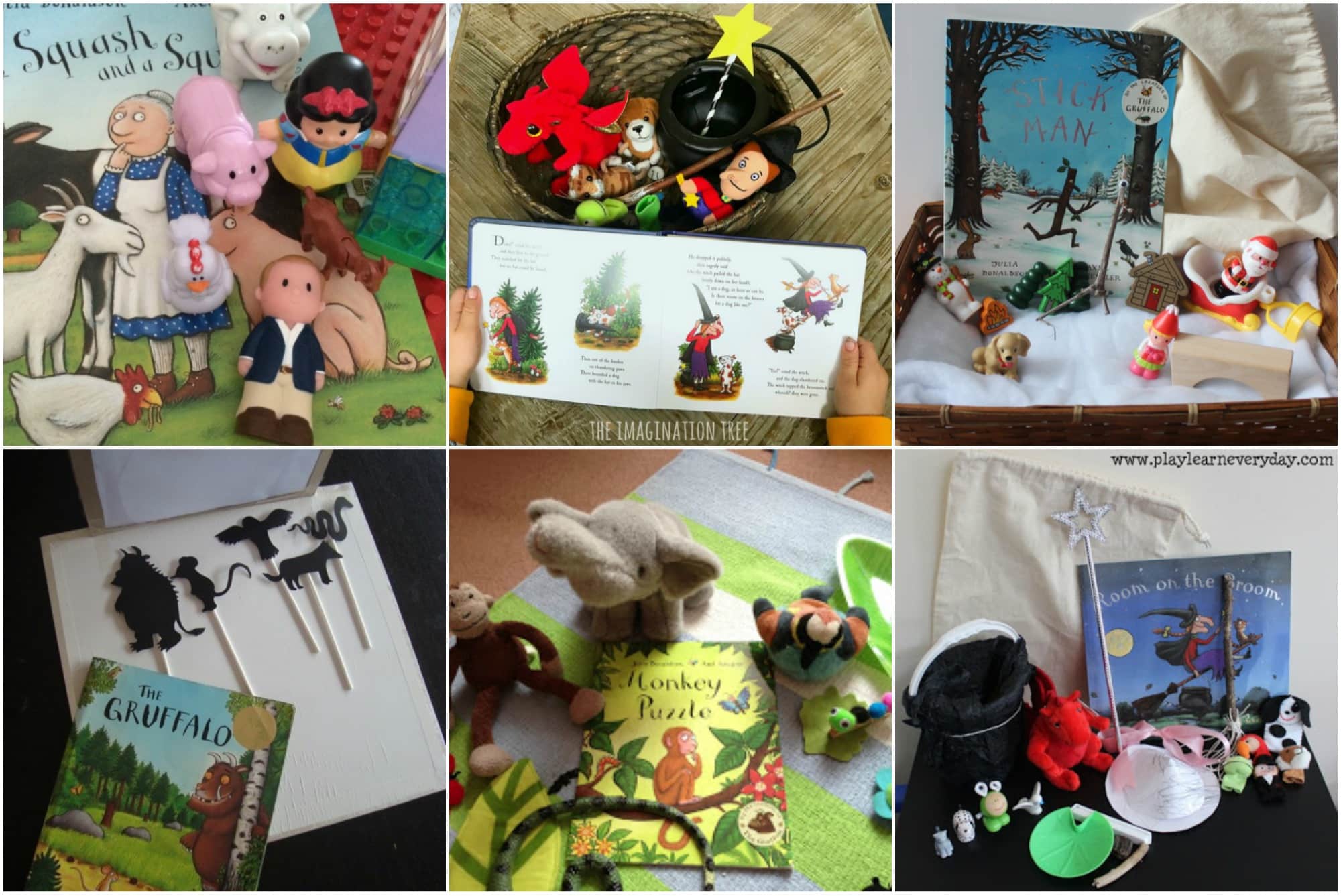
Inspiration Sources:
See how Treading on Lego uses those Lego pieces creatively to help set up and tell the story of A squash and a Squeeze!
Room on a Broom is always fun to read – make it a little more interactive by putting together a story basket similar to this one from The Imagination Tree or this one from Play & Learn Everyday.
Play & Learn Everyday also shares a Stick Man snowy adventure scene to invite exploration, anticipation and storytelling.
Who doesn't love the gruffalo? Why not try telling the story using these shadow stick puppets and DIY box featured over at Ecole Petite Section.
Smiling like Sunshine used a few everyday soft toys and props to set up a role play area to help her son act out and re-tell his favourite story ‘Monkey Puzzle'.
Oceans & Water

Inspiration Sources:
The Snail & the Whale is another Julia Donaldson story book but I wanted to include this example in my ocean category because I just love how all the little elements come together to help tell this lovely story. Beautiful resources for a story bag. Shared on Instagram by Heather @A Reusable Life.
The OT Toolbox explored the book ‘Make way for Ducklings' using some hands on props set up as a story sensory table. Lots to engage the senses and vocabulary here!
Loving this small sensory tray put together by Little Fish to help spark imagination and storytelling. Another interesting way to introduce the book Snail and the Whale.

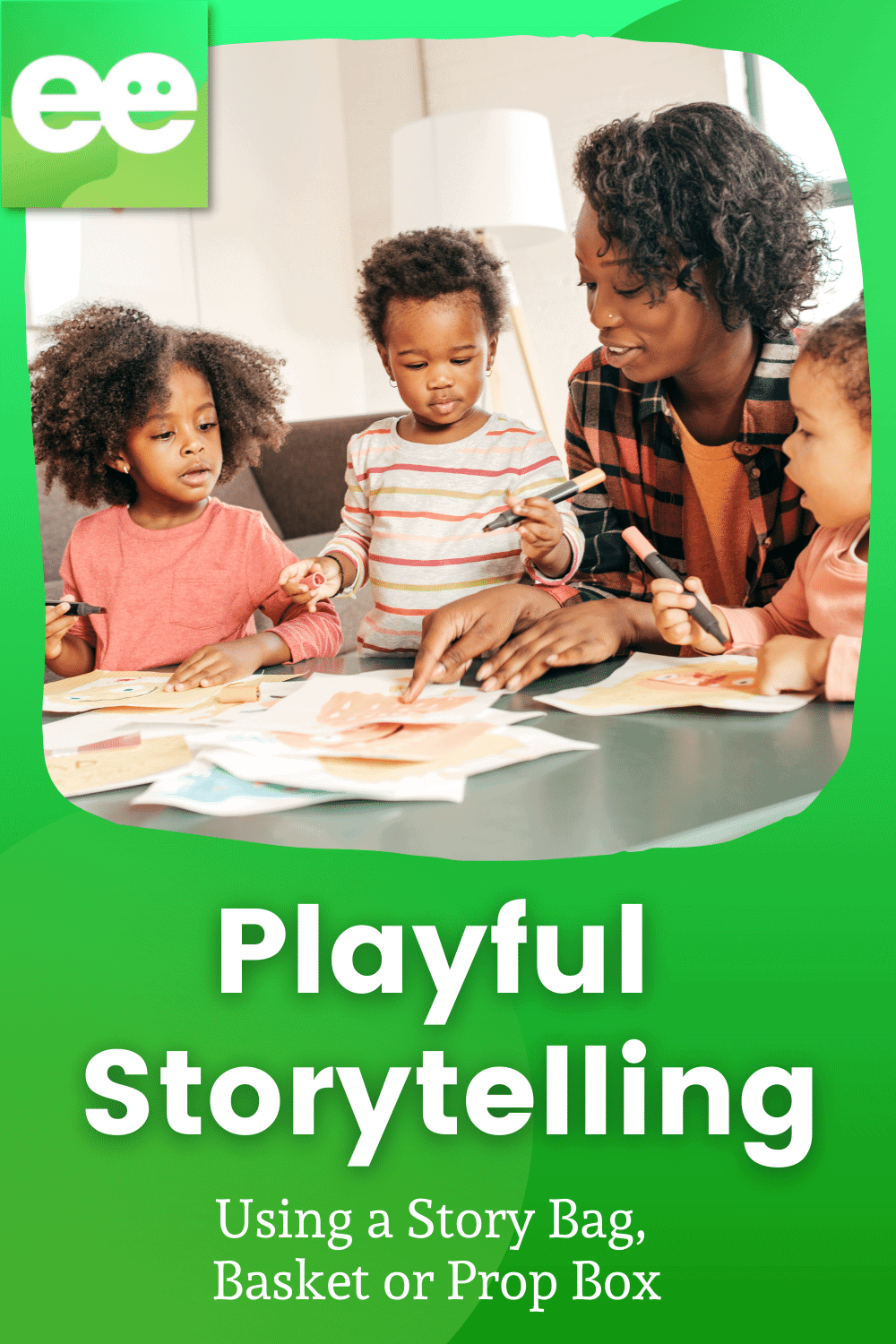
A Little About Me

Jodie Clarke is an early childhood professional supporting educators who want and need to stay passionate about the work they do! She has 30 years hands-on experience in the early childhood and human services sectors across many different roles.
Jodie is mum to 3 in Australia and has already helped thousands of educators with their work through her popular blog posts, activity ideas, online training and e-books.
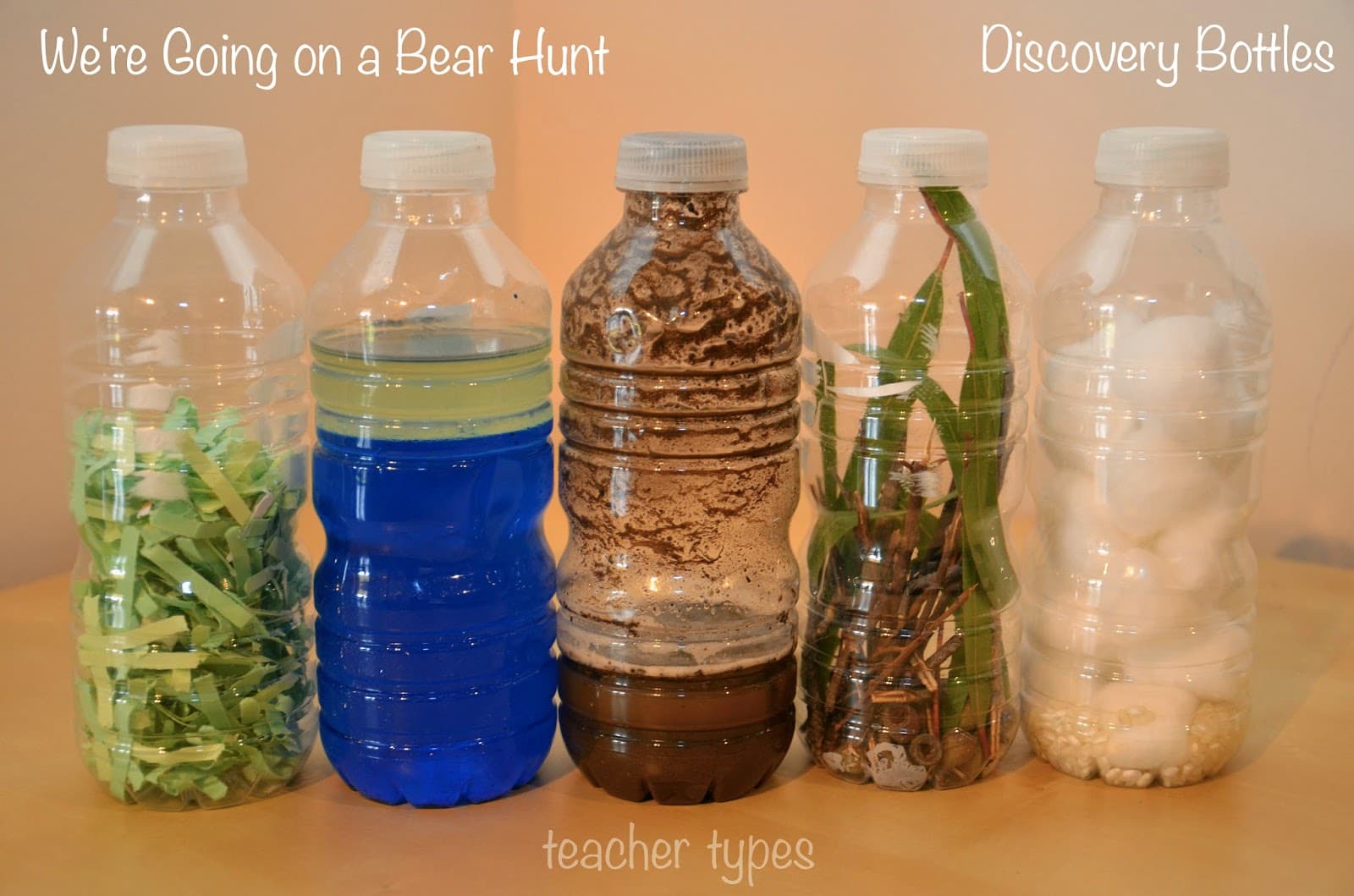
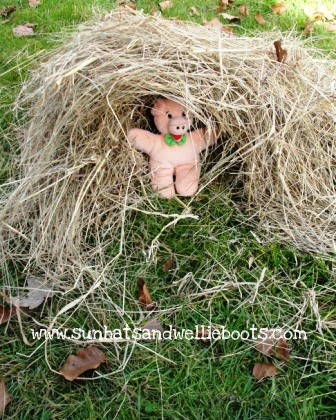
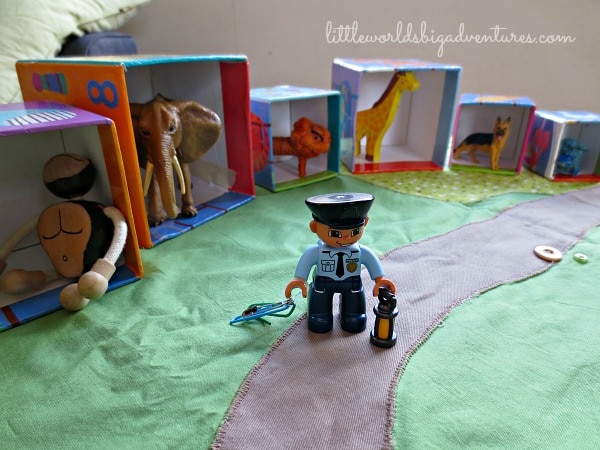
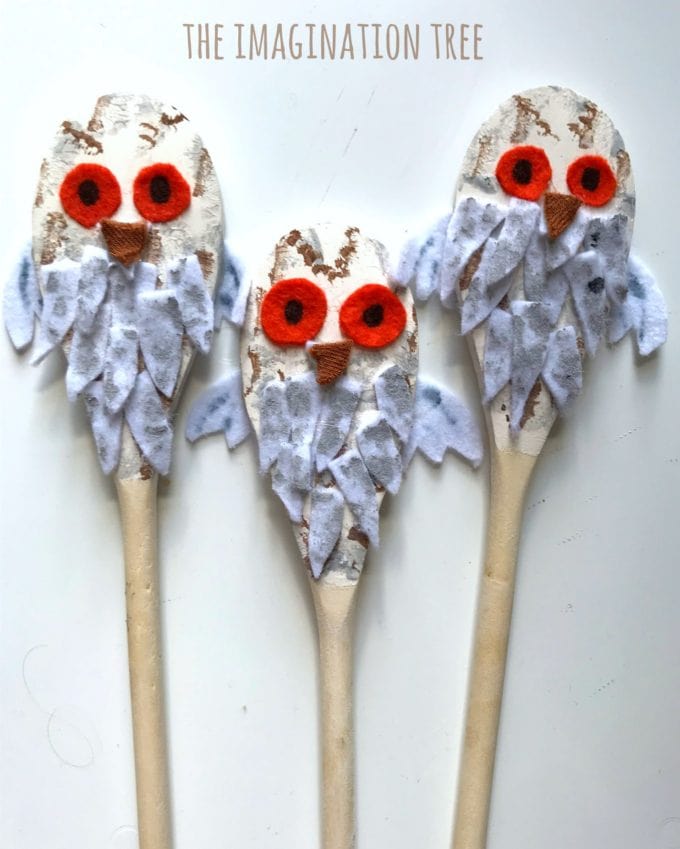
Great ideas and source you prepare and share! Thank you 🙂
Thank you so much for all the wonderful and great ideas, what a lot of work you have done! I can see that you have a very creative mind, which is so neat!
you are amazing thanks it will benefit many children
Wow! and thank you.
I am returning to an early years classroom this year and was looking at ways to spark interest in the eyes of my little ones. These ideas will certainly encourage their verbal skills. Thank you.
Hi Gill, I’m so glad to hear you have taken away some new ideas to try with your children. The more interactive the more engaged they will stay I find!
Thank you so much for all of your great and brilliant ideas; you’ve put in a lot of effort! I can tell you have a very imaginative mind, which I think is awesome!
its all about what i love to do with the children so interesting on how you encourage educators to get engage and interacting cause nowadays we see a lot of educators stress with paper work and spend less time with children.
Thankyou so much i learn alot currently studying to become an earlychildhood educator.